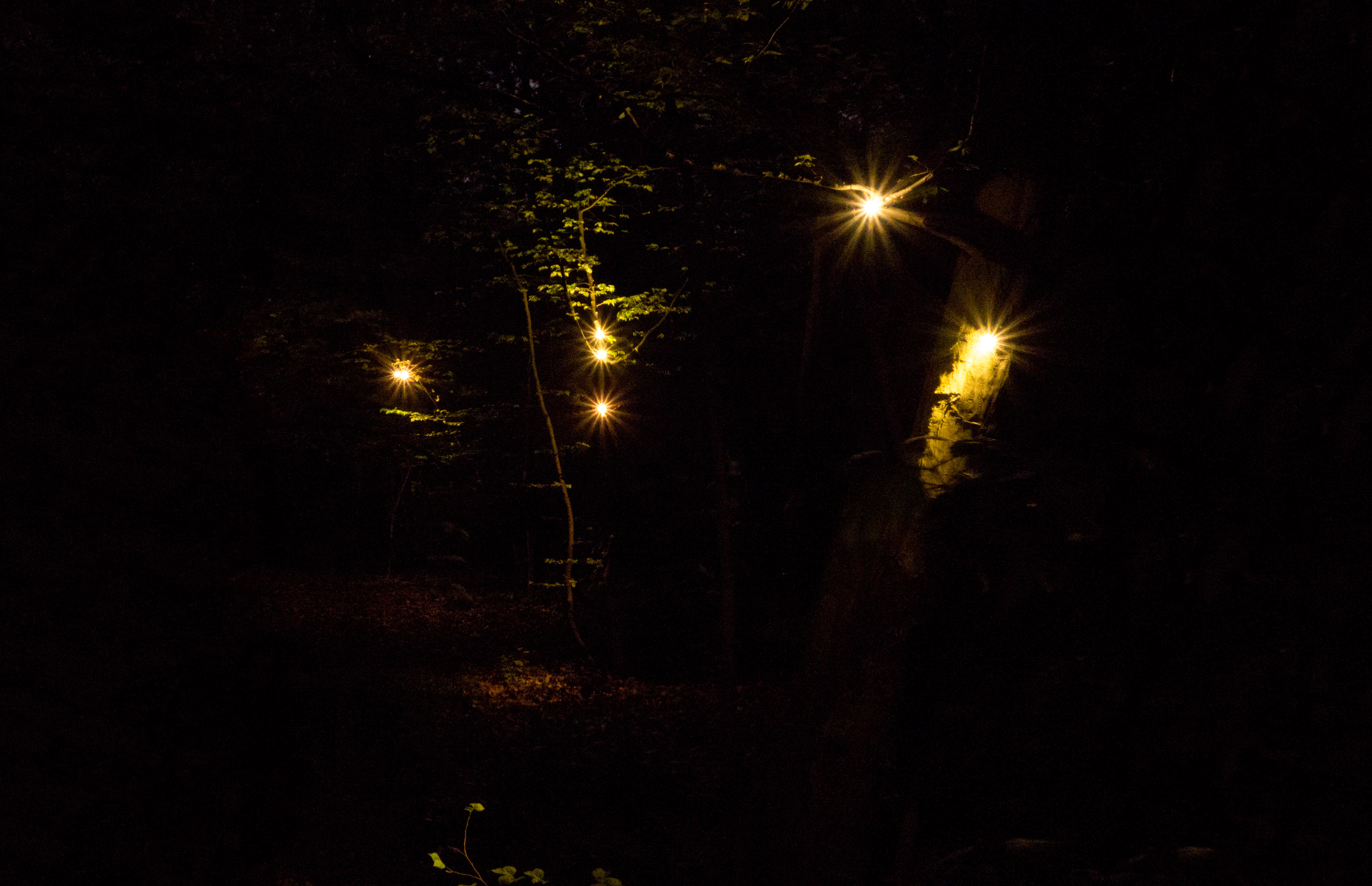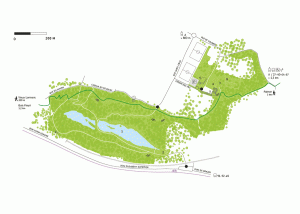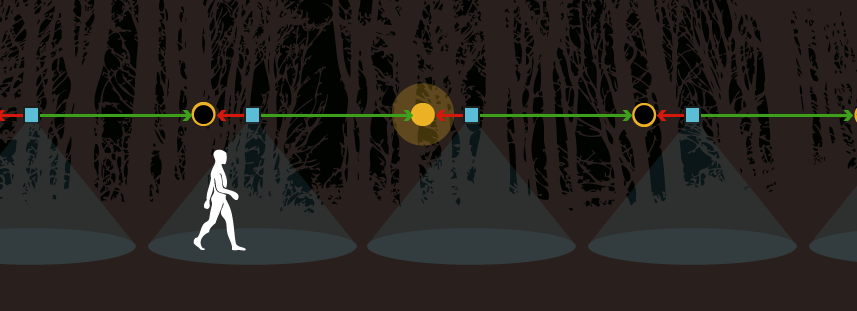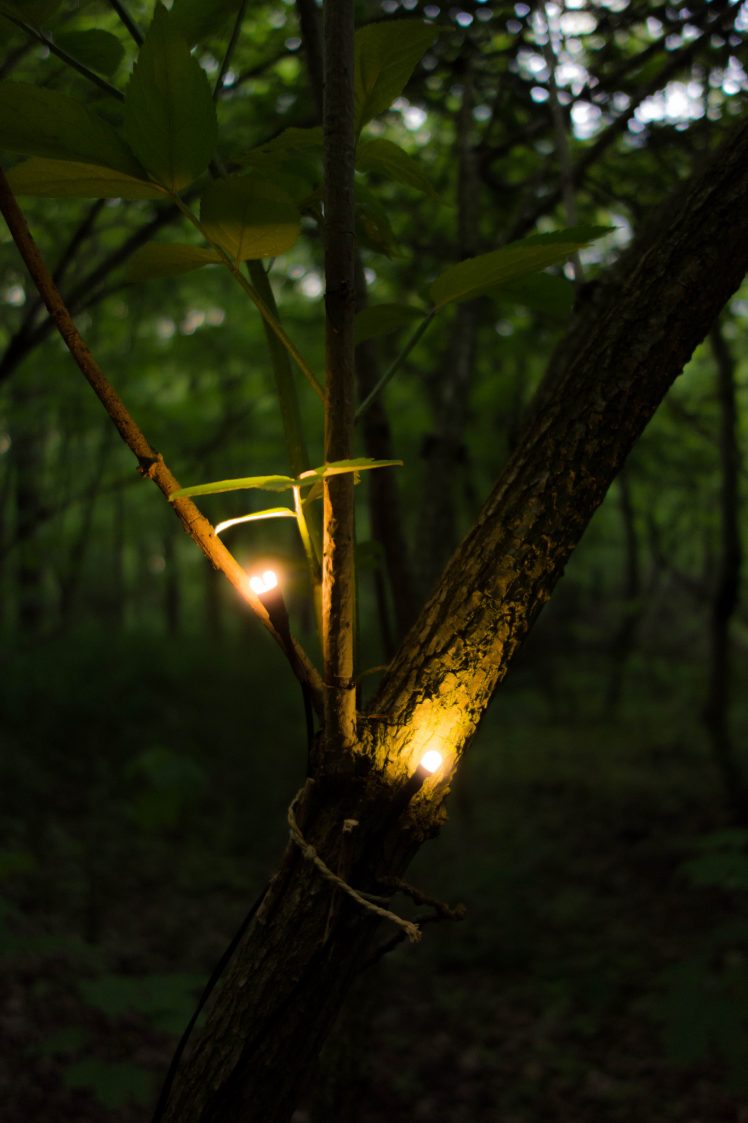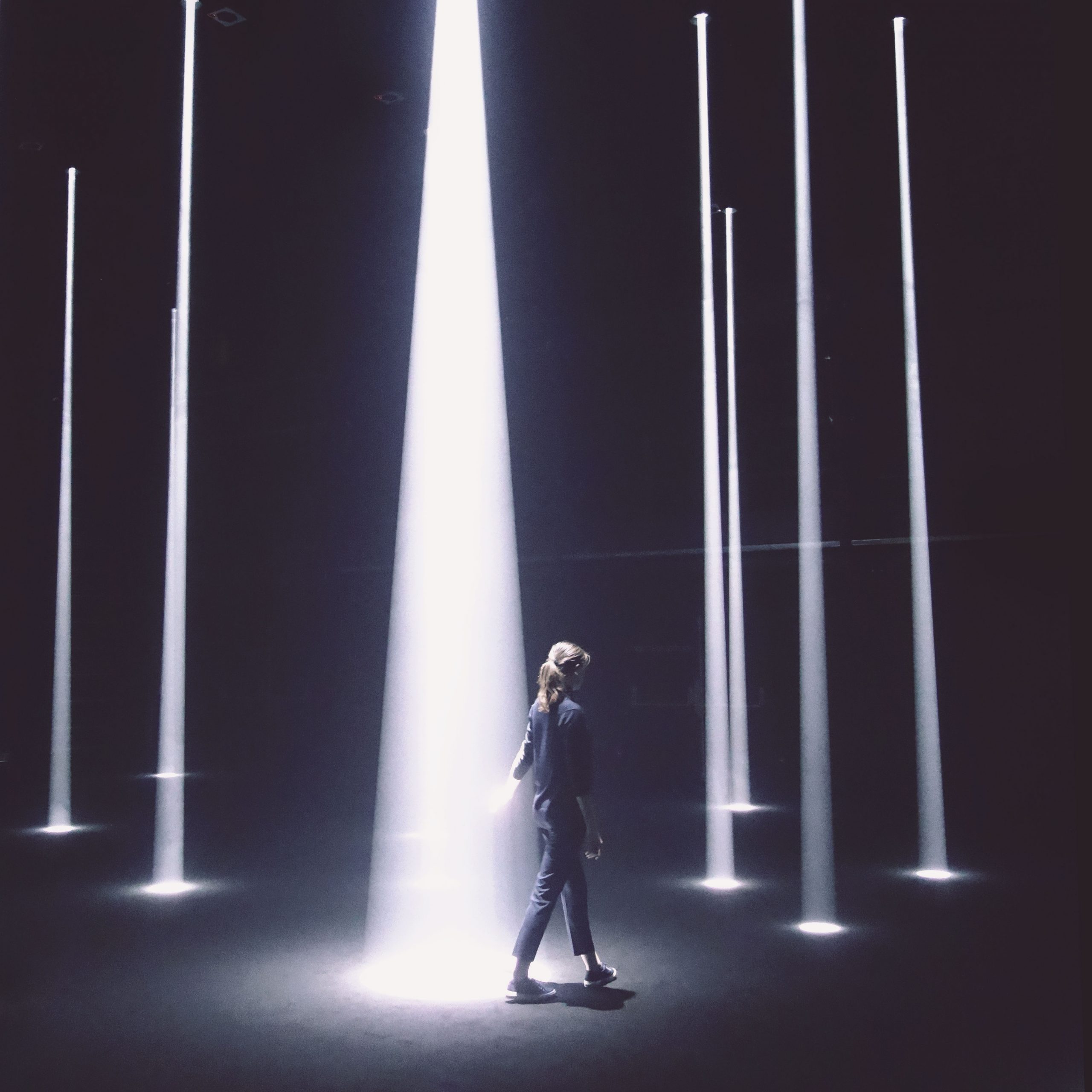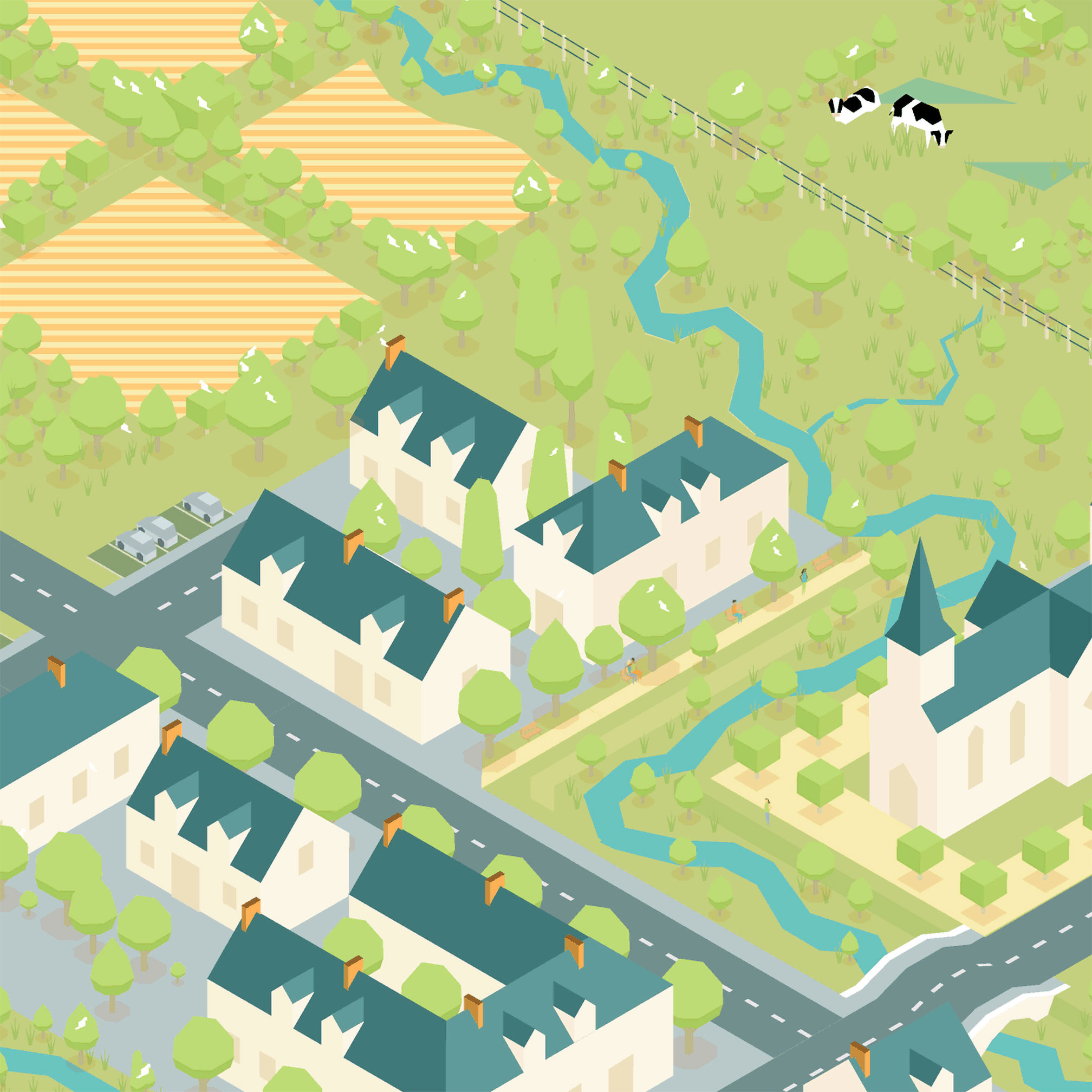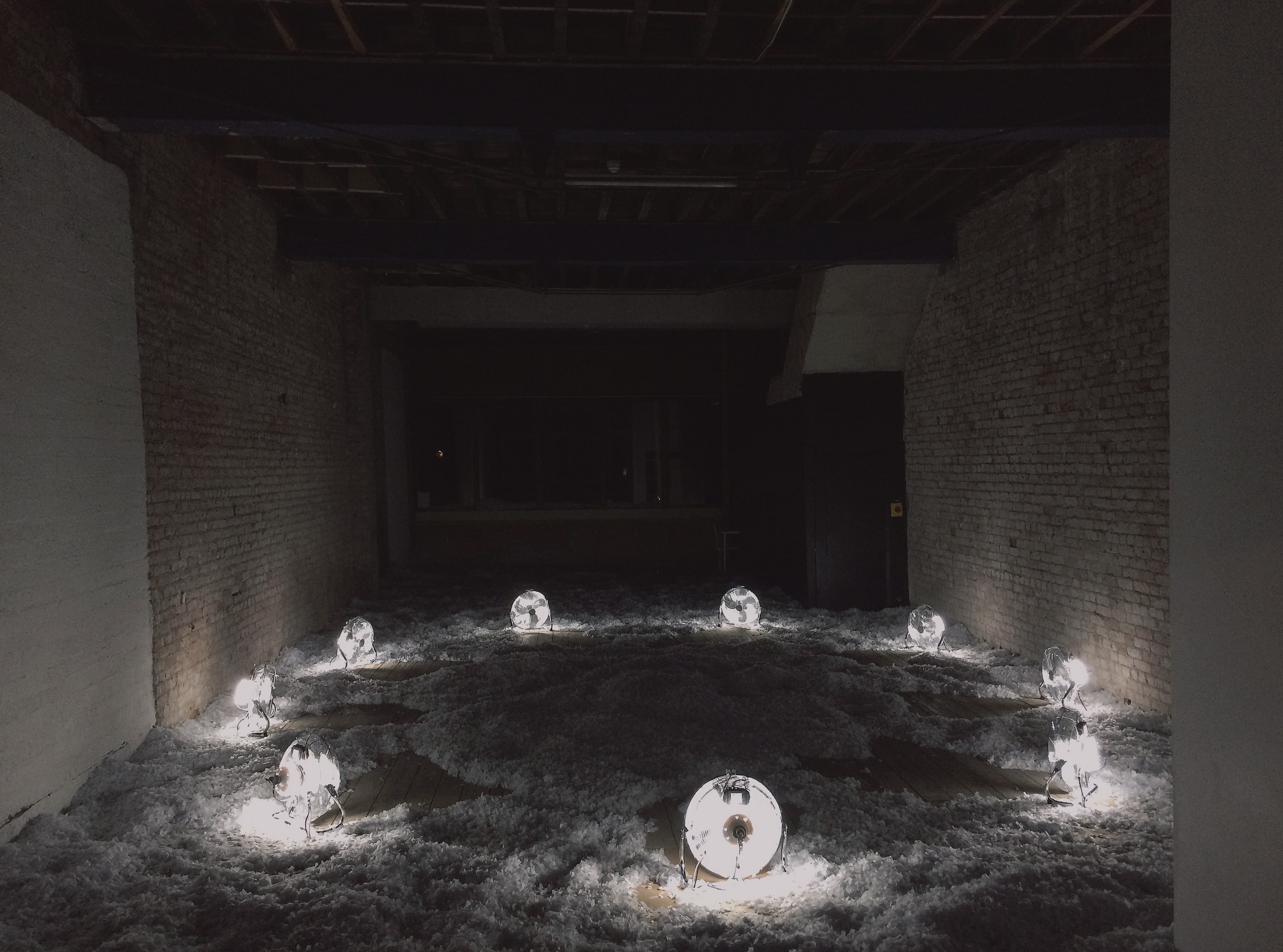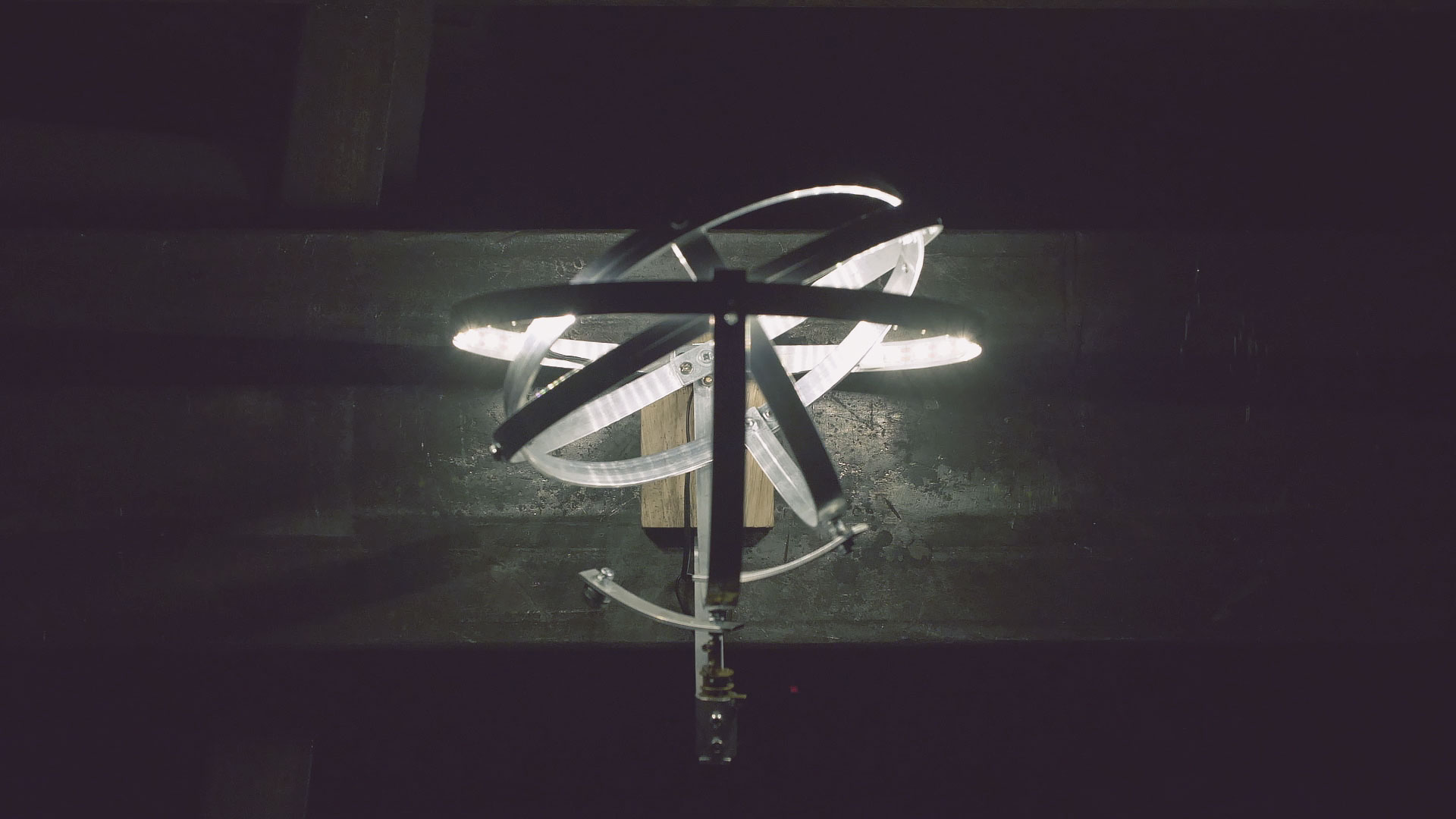Inspired by folk tales and legends, it seeks to give visitors deep and instinctive emotions associated with the forest.
The use of light as a means of expression allows to emphasize the natural environment without disturbing it. A system of sensors ensures that the lights are switched on and off as the visitor progresses.
Sirènes Sylvestres was presented at the PanOrama 2012 festival in Bordeaux and was the topic of an artist’s residency at the Château de Chambord in 2014. Various technical approaches have been explored and are under development.
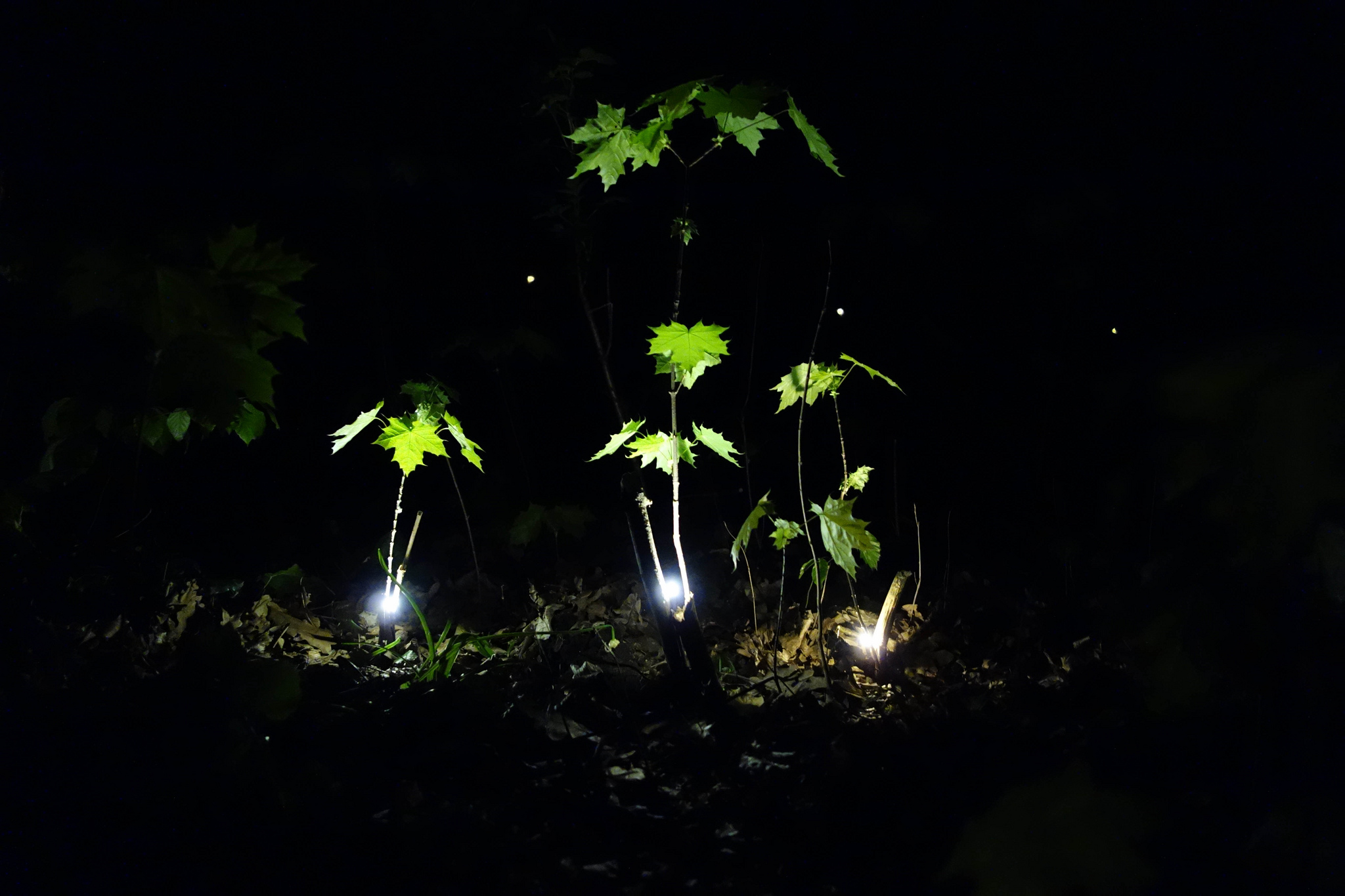
“One can observe them after dawn, on the edge of a park or a forest. Their warm white glimmers twinkle softly among the foliage. When One comes near, they go out and escape, to reappear a bit further, revealing a path through the undergrowth. Who steps into this way only perceives the meters ahead, and pursues those lights which constantly fly away.
Introduction to Sirènes Sylvestres on sisy.org
My Role
I initiated this project in May 2012 after the Media-Cite association commissioned our collective Lab212 for the Nuit Verte event. The event was the final moment of the PanOrama festival, whose aim was to highlight the park belt along the left bank of the Garonne river, facing the city of Bordeaux. The Nuit Verte was to be held during the night of the 19th of September 2012 in the Parc de l’ Ermitage.
Later on, I worked to further improve the idea and the technical system.
Intentions
I wanted to design something that could bring visitors into the woods at night. Few people deviate from the marked and lit paths. However, it is when one wanders away that one really becomes aware of what surrounds oneself. This is when imagination awakens, when long forgotten sensations coming from childhood or prehistory resurface.
Early Orientations
Interactive Principle
Using a luminous device quickly appeared to be the best way to communicate with the visitor. It is a very expressive medium that does not interfere much with the forest environment.
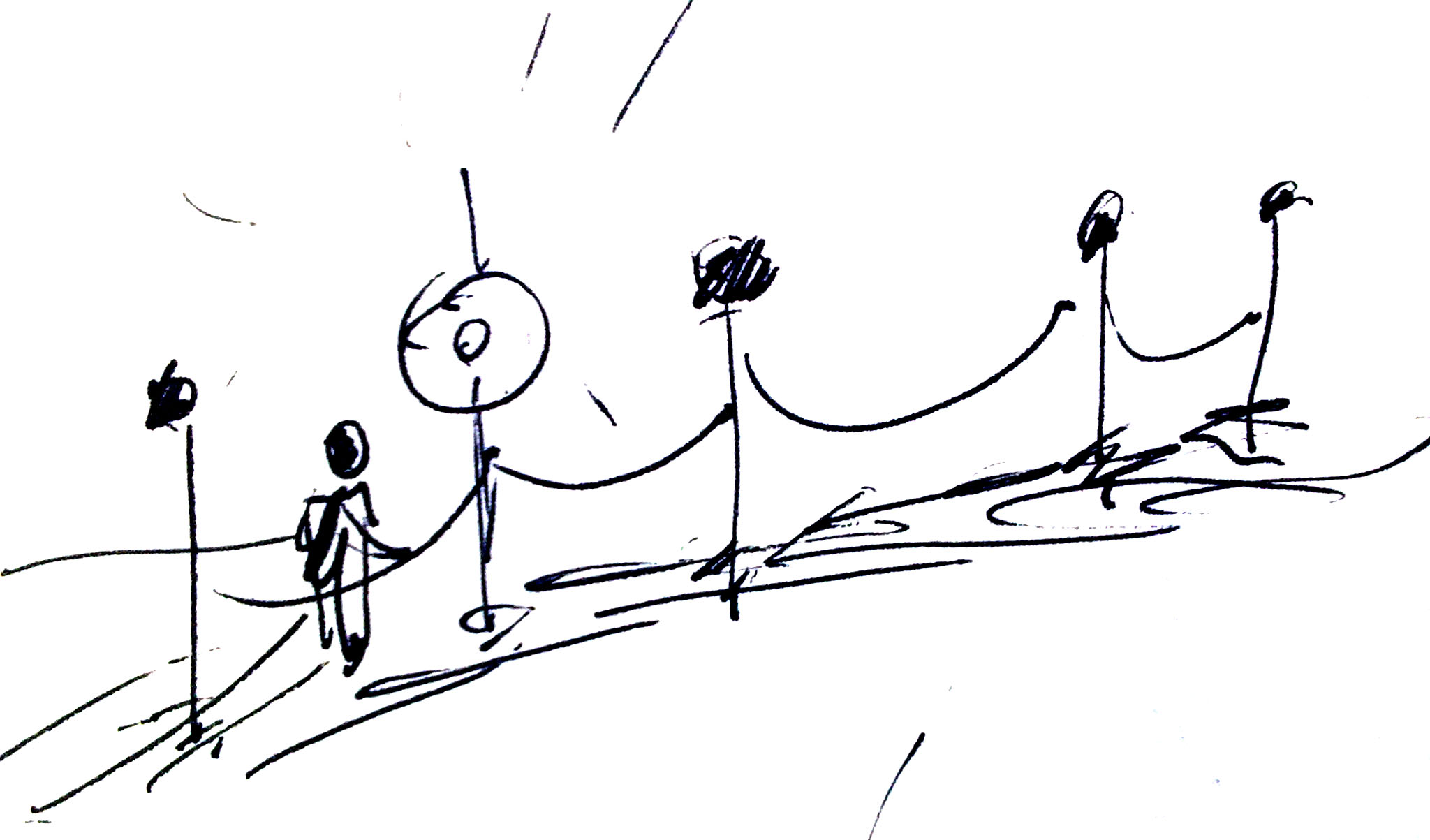
One of the first creative leads was based on the Ariadne thread principle. A thread would be rolled out through the woods, holding this thread would turn on a light ahead, lighting the way and giving direction. Releasing the thread would turn off that light. This is technically possible by using a wire connected to a capacitive sensor. It is nevertheless a complicated device to produce and to calibrate outside, which can lead to a random result that visitors may find difficult to understand.
Therefore, I moved towards a simpler and more efficient solution: motion detection by infrared sensor. The fact that it does not require any action from the visitor (other than to move) would suggest great immersive potential, when the light would magically turn on!
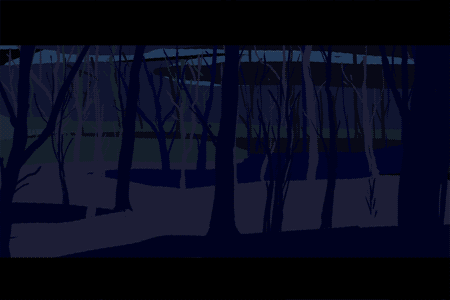
Inspiration
The idea evokes some myths, fairy tales and popular stories.
It is inspired by sirens for their ability to attract visitors off the safe roads. But it also takes up the principle of the Ariadne thread and the Petit Poucet stone path, two reliable ways to find your way back in a hostile environment. A path that gradually fades away is what Alice encounters in Wonderland. Princess Mononoke, as for her, is guided by the spirits of the forest, represented by small luminous diaphanous creatures.
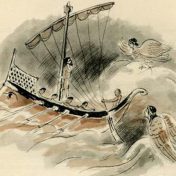
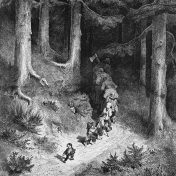
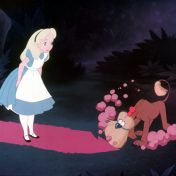
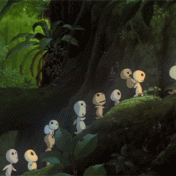
These myths and stories each in their own way evoke aspects of nature that fascinate and frighten us. They represent powerful natural phenomena, beyond any moral judgment: neither good nor bad.
It was therefore necessary to find a way for these lights to instill in the visitor an ambivalent feeling of fear and attraction.
Light Shapes
The aesthetic aspect of the lights had to be enchanting and inspire a mixed feeling of confidence and doubt. My priority was to make sure that the lights fit in well in a forest environment.
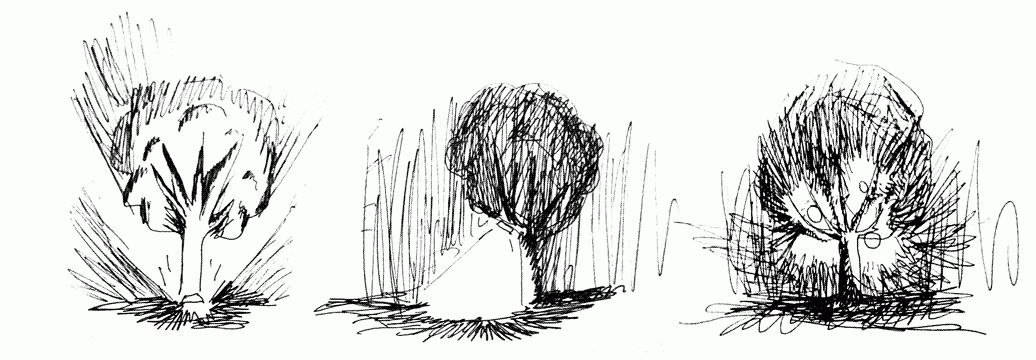
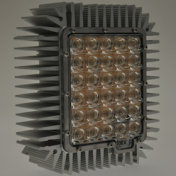
Research was also influenced by limited funds and constraining light sources. In fact, in order to illuminate Sirènes Sylvestres, the light sources were to be LED street lighting units provided by a local company, partner of the event. This partnership could have led to a lasting future for the installation. Instead, too complex and without sufficient support from the partner company, these LED blocks could not be used and were replaced by standard halogen lights.[end-div]
Les lanternes furent réalisées sur place à base de confettis ignifugés. Leurs formes se déclinent entre l’animal et le végétal, la chrysalide et le fruit.
Inspiration
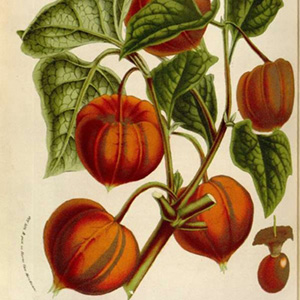


Production
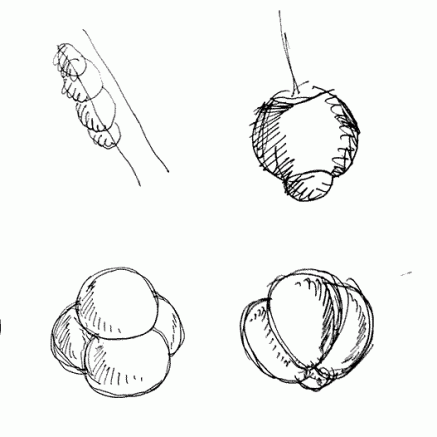
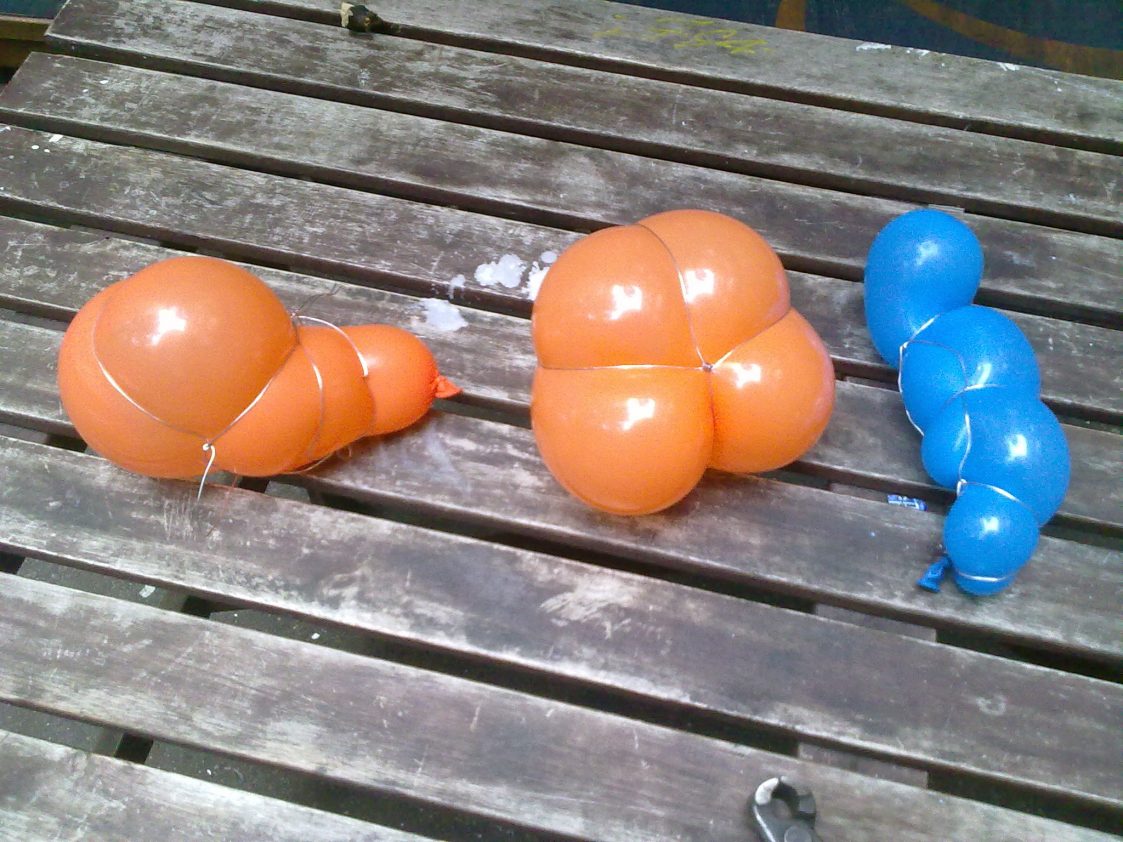

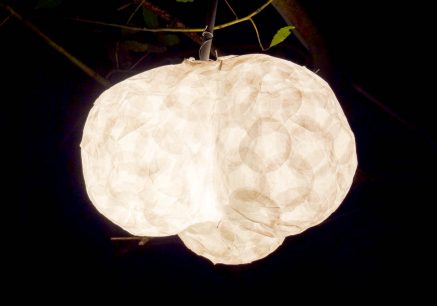
Detection System
The movement detection was done with standard infrared motion sensors, available in any DIY store. They are equipped with a timer to control the switch-off. For Sirènes Sylvestres, all that was needed was to set the timer to the minimum and position the sensor sufficiently ahead of the light source so that it would light itself far from the visitor, and turn off before the visitor had time to come close. This hardware solution had the benefit of being robust, inexpensive, available everywhere, and potentially compatible with any type of light source.

First Exhibition
This is a video captation of the first exhibition of Sirènes Sylvestres:
Visitors’ Reception
The audience was seduced by the exploratory, poetic and playful aspect of the installation. Facilitators guided the visitors and encouraged undecided ones.
However, when too many visitors were present, several lights were lit at the same time. This interfered with the intended experience, and even led some visitors to travel the route in the opposite direction.
Lessons and Iterations
This first exhibition of Sirènes Sylvestres made me realize several things:
- The value of Sirènes Sylvestres lies in the selection of the forest path and the location of the lights. Enough time must be taken beforehand to spot, prepare and install.
- The forest is a complex environment to display an interactive installation. The technical device must be adapted to the specificity of this context and tested beforehand.
- The fluidity and reactivity of an interactive device is a key element of its intelligibility. The quality of the final experience depends on it. It is therefore necessary to control very precisely the switch-off of each light (instead of relying on a timer).
A device easier to connect and transport would allow more time to be spent in the forest, more hanging possibilities, and reusable equipment would be more easily mastered.
A technical solution is available to meet these requirements: powering Sirènes Sylvestres on low-voltage batteries, using compatible LEDs and allowing each sensor to switch on one light and switch off another.
Shape Research
Thanks to this new approach, released from the constraints of heat, weight or height, I was able to dig out other aesthetic ideas.
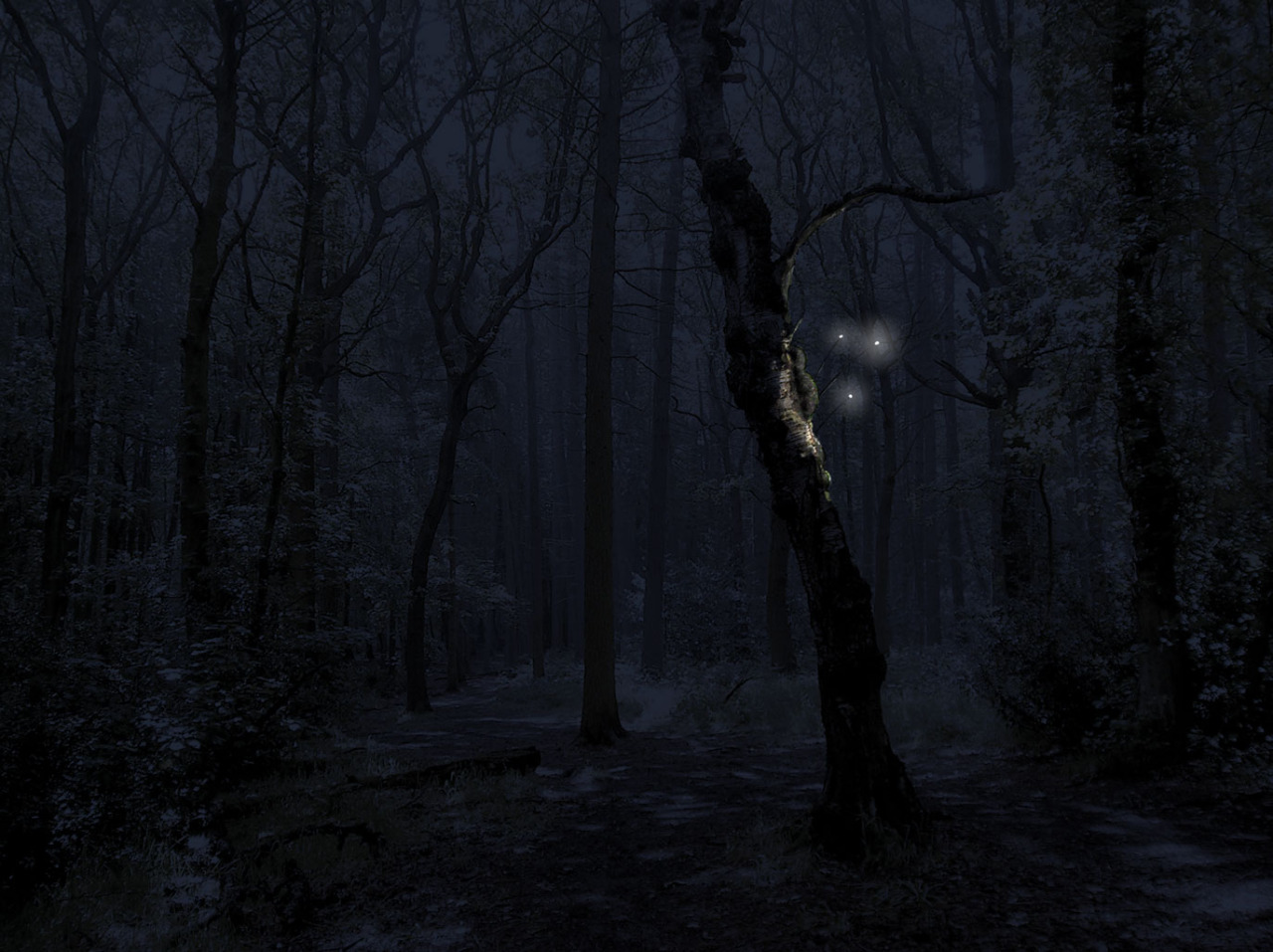
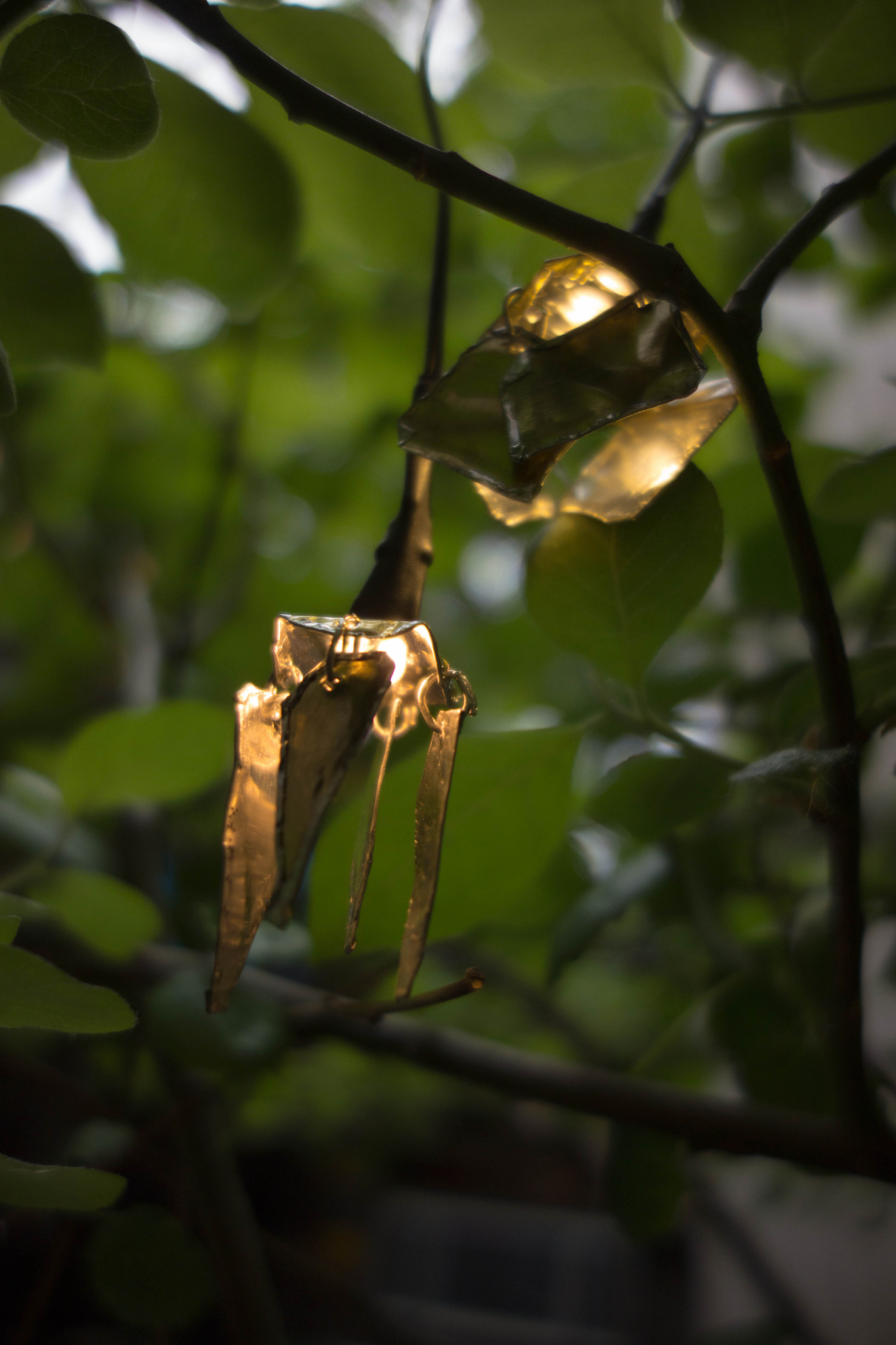
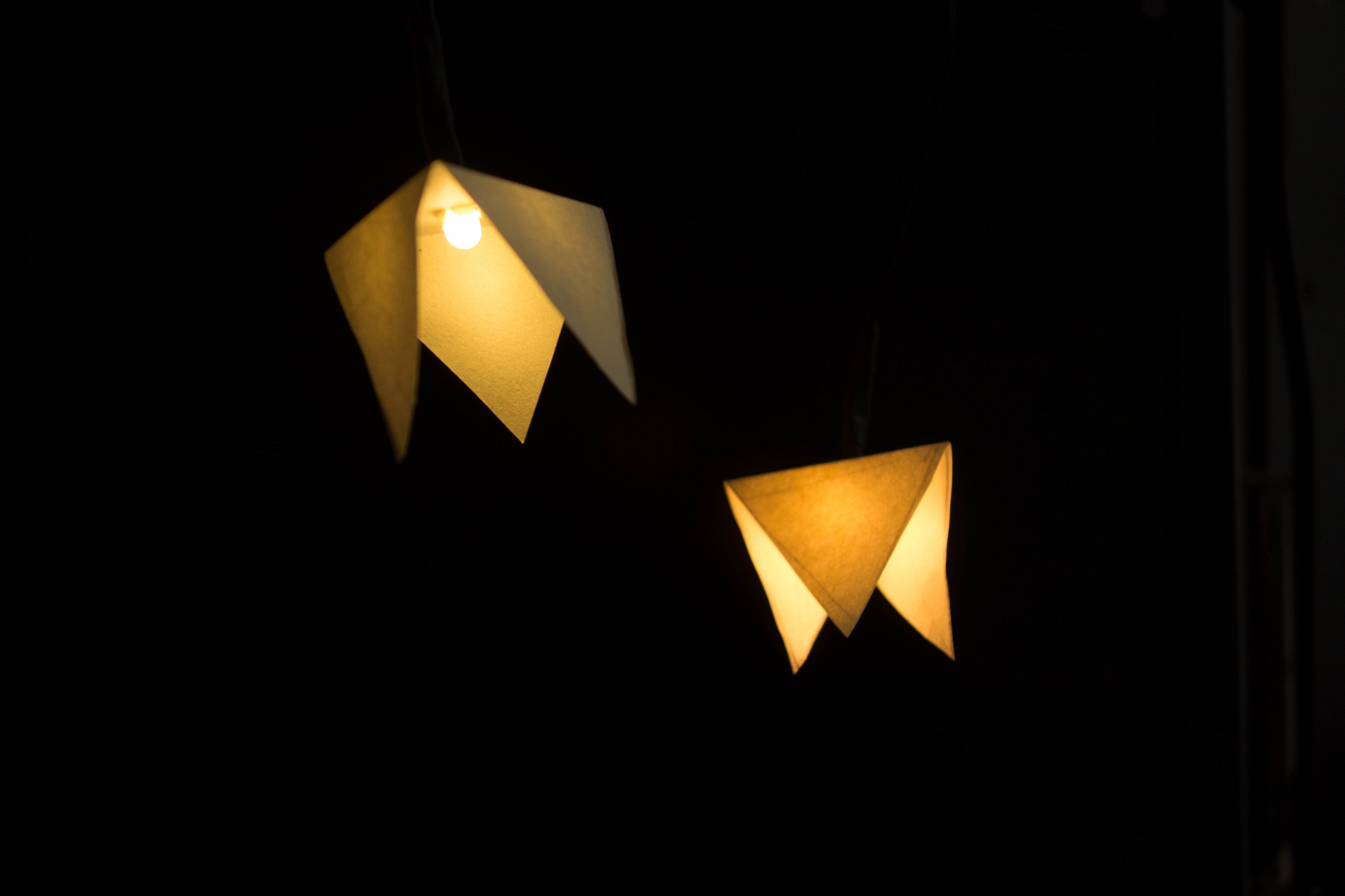
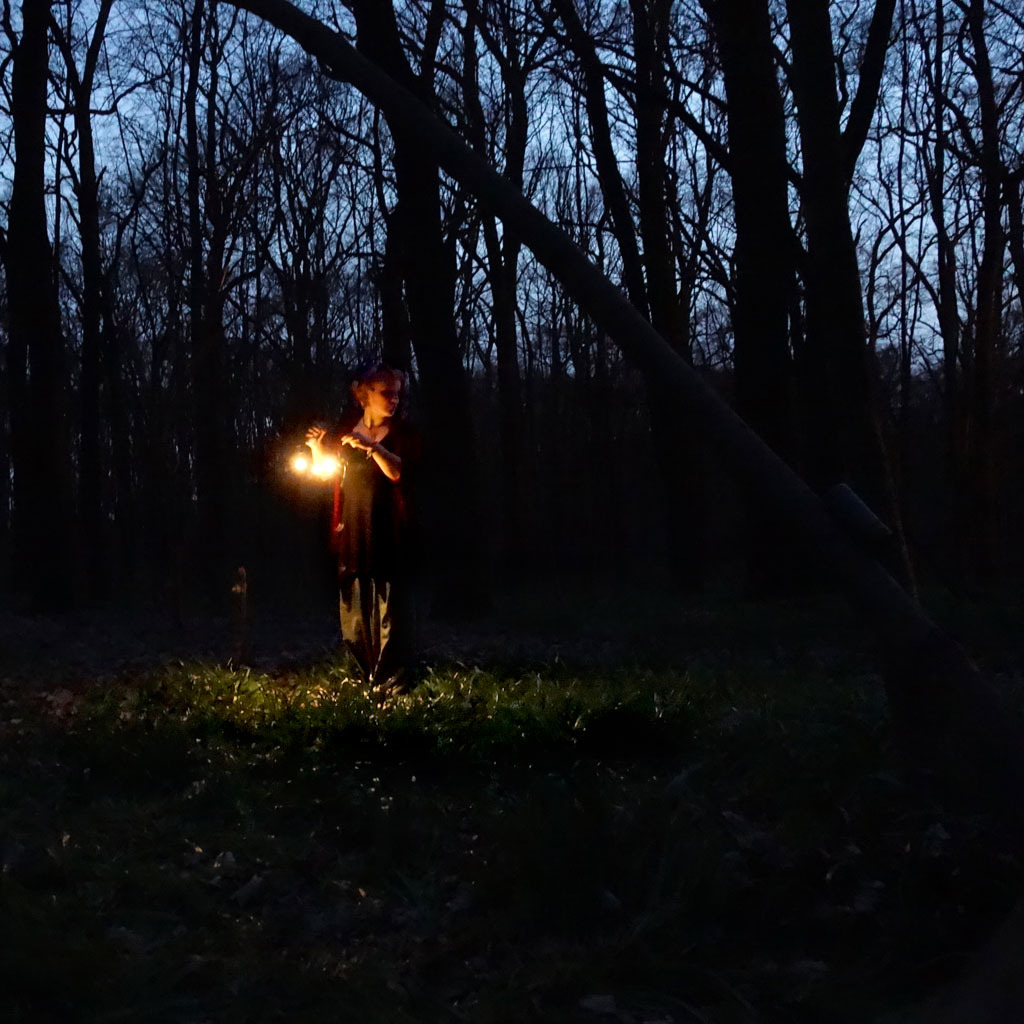
I took time to go and experiment in the forest, in real conditions. I then realized that the aesthetic aspect of light sources was irrelevant. The color, the intensity, and especially its position had to be my central focus. Each light must emphasize what surrounds it: the forest, the path, a tree, a branch, a leaf, etc.
Prototyping
For the first prototypes, I attempted to use rudimentary electronics. Then I met Markus Hutzler, an electronics engineer specialist in energy-efficient wireless devices. Our collaboration has allowed us to develop a series of advanced hardware and software prototypes, freeing us from cables. We did a residency at the Château de Chambord in March 2014.


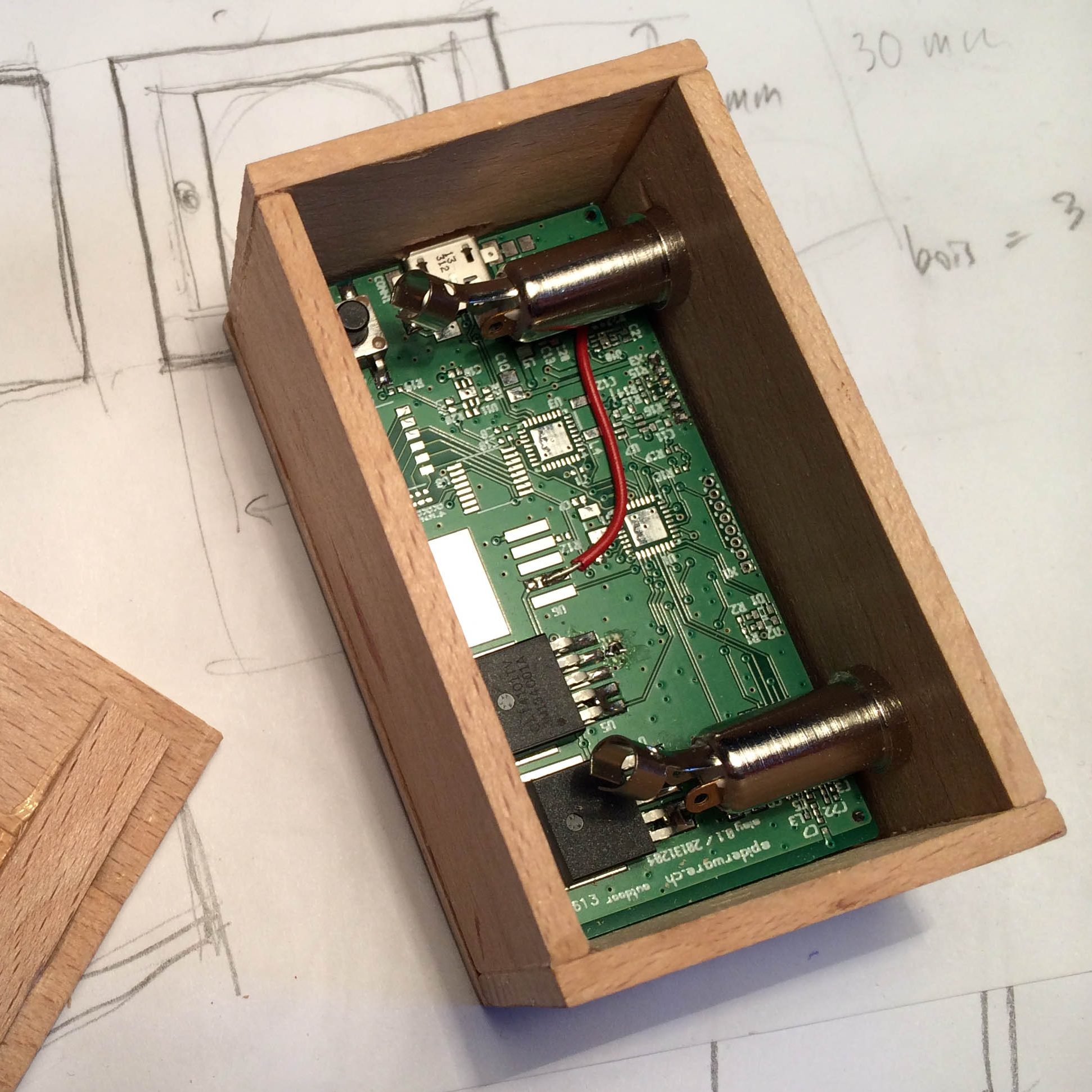
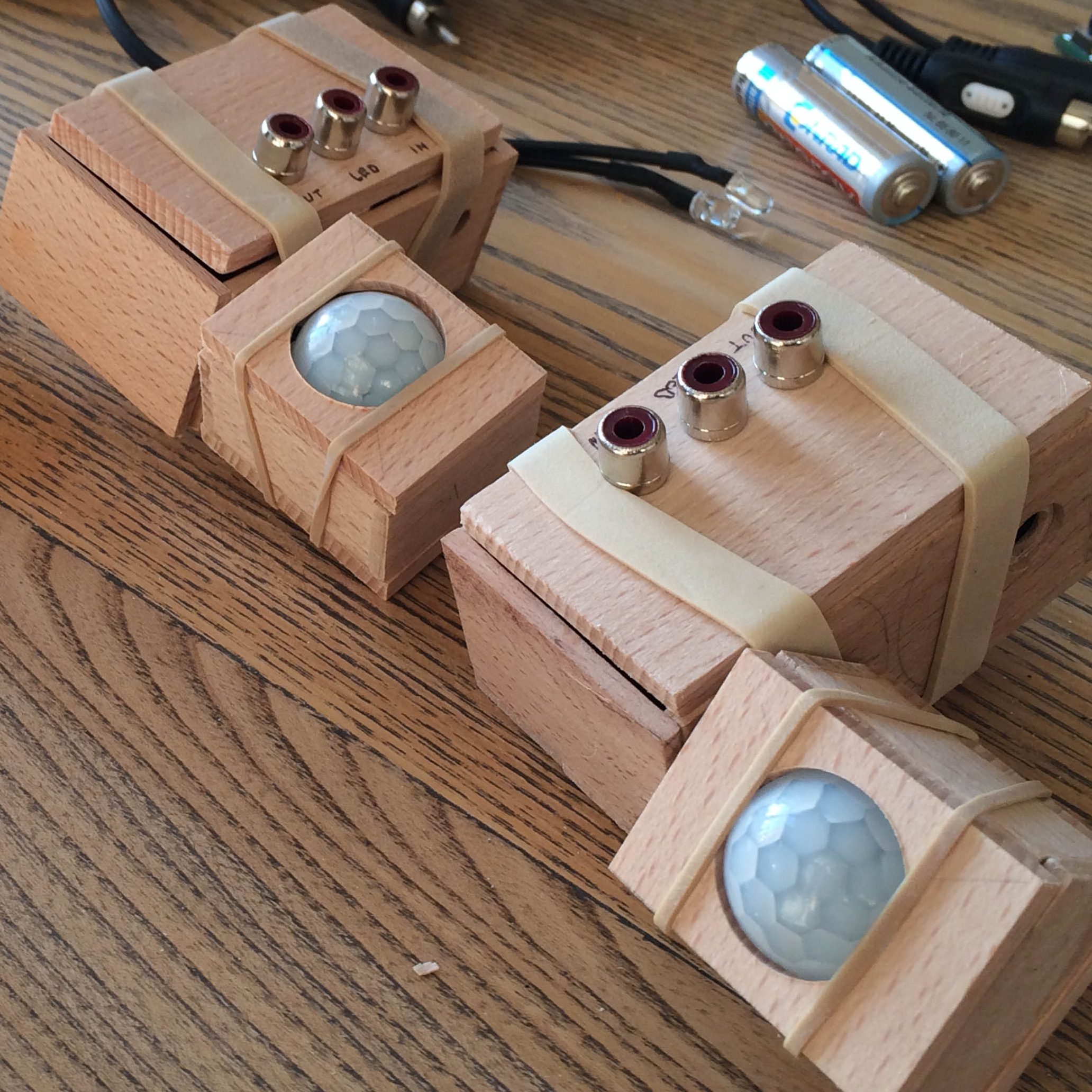
Storytelling Sirènes Sylvestres
The visitor is being kept in the shadows by the interactive device. He chases the light but never reaches it. With the videographer Mateus Alves, we tried to show the aesthetics and temporality of one of Sirènes Sylvestres’ functional prototypes in the video below.
The website sisy.org was created to promote the project. Sirènes Sylvestres is portrayed in a poetic tone as a real supernatural phenomenon to arouse the visitor’s curiosity. Unlike everything you just read here, sisy.org doesn’t tell too much to preserve the mystery of the installation.
Seeing Sirènes Sylvestres
This is a constantly evolving projcet. I am currently looking for technical partnerships and exhibition opportunities. You can contact me if you are interested.
“No one knows with certainty where and when they will reappear. If you wish to be informed as soon as they will reveal themselves, please let us know.”
sisy.org
